From Parent to Children….and Nonprofits?
The Wall Street Journal recently released a story about the wealth transfer that will occur over the next three decades. Specifically, the financial publication indicated that Americans ages 70 and above have a net worth of nearly $35 trillion. That comes from data from the Federal Reserve. The amount of wealth held by this age group has increased 20% from three decades ago and indicates the amount of influence that their decisions will have on those that inherit as well as charities that may benefit.
As staggering as that is, according to the same data, that from 2018 to 2042, $70 trillion will transfer due to death (through estates/trusts/etc.). And 14% of that, if trends continue, will be given to nonprofits. Some of us believe that it will be higher than that as more families are deciding not to leave as much to their heirs.
What does this all mean? If you, as a nonprofit leader, and your organization do not have a defined planned giving program, don’t train your major gift officers to be aware of the signs of someone that might be interested in an estate gift, and aren’t communicating the need for deferred gifts, you will miss out on the opportunity---and regret it. I’ve always heard from the company Stelter that the best planned giving opportunities derived from consistent donors to your organization. They are the ones that make the hundred-dollar gift every quarter or six months or annually. They may not be able to make a more significant cash gift, but they’re demonstrating their love for your organization. Those are the individuals that are most likely to be your prime targets for planned giving.
As someone who studied a lot of tax law in law school, I’ve spent my career deep in the weeds on complicated estate gifts. But I always keep in mind that most people, and I’m speaking of gift officers, are apprehensive about planned giving because it seems too complicated. The hardest part is finding someone to help draft a legal instrument. The easy part is building a relationship, knowing that there are lots of opportunities for people to engage to find the best way for each one to meet their philanthropic objectives at the same time as benefiting the nonprofit in which we work.


